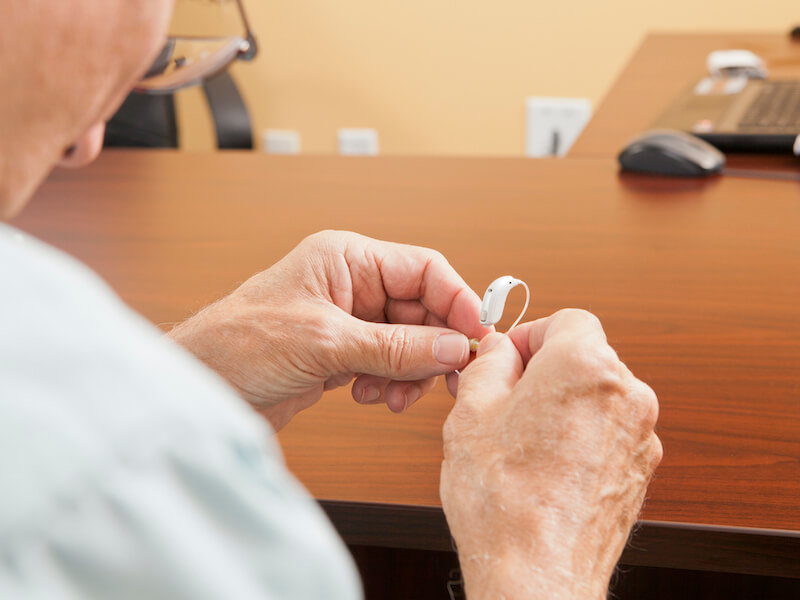
You take care of your hearing aids. Cleaning them every day, you make sure they’re safe and snug on their charger when you go to sleep.
Suddenly and discouragingly, your hearing aids are no longer working the way they once did. There are a few things you can do to troubleshoot the issue, luckily. Not doing any further damage is your number one priority so you won’t need to replace them.
Hearing aid troubleshooting
Naturally, when you first got your sweet new hearing aids, you made a point of storing the owner’s manual in a safe spot. You’ll want to get it out so you can utilize it for troubleshooting and, potentially, maintenance. Each model of hearing aid can be somewhat different so it’s essential to follow the manual’s recommendations.
Here are some things you can check on most models:
- Look for noticeable damage: Do you see any visible cracks or loose components around the shell of your hearing aid? If you discover cracks, it could mean that moisture is getting in and there could be more significant damage.
- Wax buildup: Be certain that there is no wax on your hearing aid by giving it a visual check. Even if you undertake routine cleaning, sometimes wax can build up quickly, so it’s worth ticking this off your list.
- Keep your microphone clear: Check your hearing aid to see if anything is blocking the microphone. An obstructed microphone can cause feedback or can cause your hearing aids to sound broken or silent.
- Check your battery: Even if you know your hearing aids spent the night on the charger, you’ll want to double-check the battery power. It might be a good idea to check if you may need new batteries or if the old ones are properly inserted, especially if your batteries are replaceable.
Again, consult your owner’s manual on how you might approach each of these issues. In some cases, you may be able to perform maintenance yourself.
How will I know when my hearing aid needs repair?
Your hearing aid will probably need to be repaired professionally if you do routine maintenance and it still malfunctions. That might not always sound appealing, after all, you rely on your hearing aid for daily communication (along with dinners with your family, staying up to date with your favorite Netflix series, and so on).
It’s certainly worth taking note that “repair” doesn’t necessarily translate into “mail your hearing aids in for service and wait several weeks”. In some instances, we can repair your hearing aid in office while you wait.
Or, you’ll be able to bring your hearing aids in for professional help and have them back in just a few hours (this, of course, depends on the degree of the damage, all the more reason to get your devices in for repair as soon as you can).
There are still some instances where such quick repair is not possible. And in those situations, you may find yourself needing a backup set of hearing aids. So if you’ve got an old pair lying around, ask whether they will serve temporarily. We may even be able to let you borrow a pair while you are waiting.
Get assistance with your hearing aids right away
If the audio quality is starting to fail, it’s essential to get your hearing aids assessed and repaired.
You’ll want to avoid any downtime. Neglected hearing loss can affect your general health, including your mental health. And it becomes all too easy to leave your hearing aids laying in a drawer somewhere while your hearing continues to deteriorate.
The optimum way to keep your hearing working properly is to keep those hearing aids working. Keeping them charged, clean, and when necessary, professionally repaired is the best way to do that.